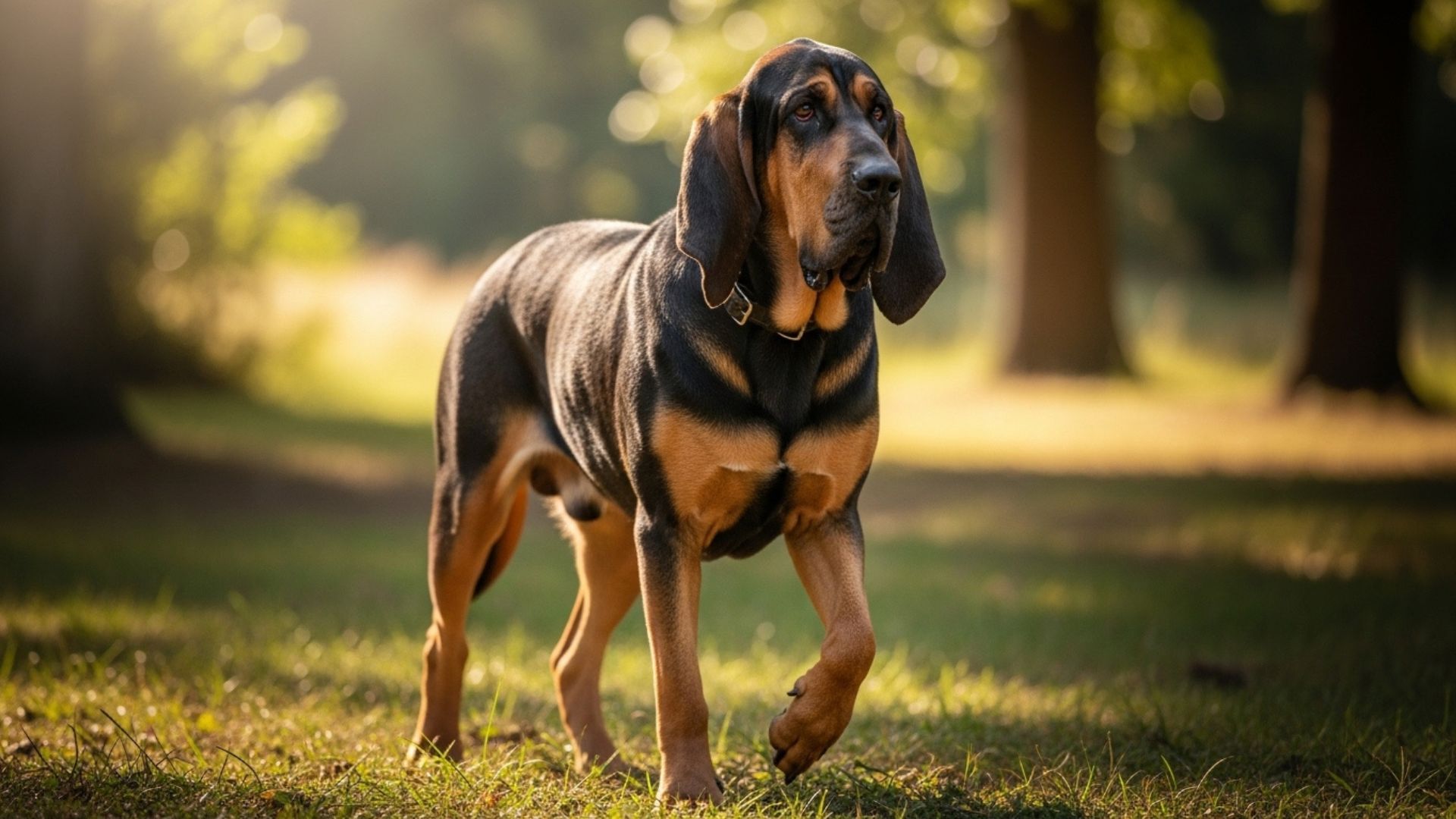When people think of muscular dogs, they imagine bulky, extraordinarily large breeds; however, hounds are different. They are not massive in size but carry high energy and strength. They were made to work long hours in rough weather and difficult terrains.
They are famous for their unmatched scent tracking ability and possess a lot of stamina. These dog breeds usually remain quiet, but when they jump into action, their bark can be heard for miles.
While they appear intimidating, these muscular hounds are not aggressive; rather, they are deeply devoted to their families if provided proper socialization and obedience training from puppyhood.
These dogs can spend hours exploring large fields and thrive when they are used for hunting and tracking activities.
Key Takeaways
These dog breeds have strong physical strength with a gentle nature. They are reliable companions instead of aggressive pet dogs.
Although they possess a tough appearance, these dogs are affectionate with family, and with early training, they learn to remain patient and quietly observant.
These breeds are made for stamina, which is why they enjoy long walks, open spaces, and frequent and varied activities.
Muscular Hound Dog Breeds
1. Basset Hound
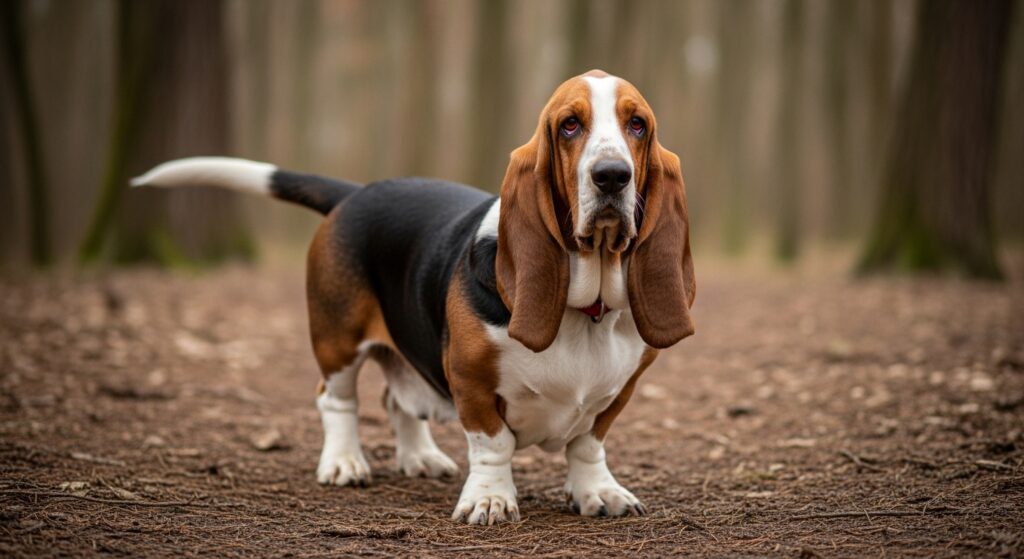
Friendly, kind, and obedient, Basset Hounds are born hunters who never tire of exploring their surroundings. They are patient, sociable, and deeply affectionate toward their owner.
At first glance, the Basset Hound looks like the saddest dog in the world. With drooping ears, wrinkled muzzle, and soulful eyes, this hound’s face creates a gloomy impression. However, this appearance is misleading; it is actually a cheerful and active dog breed.
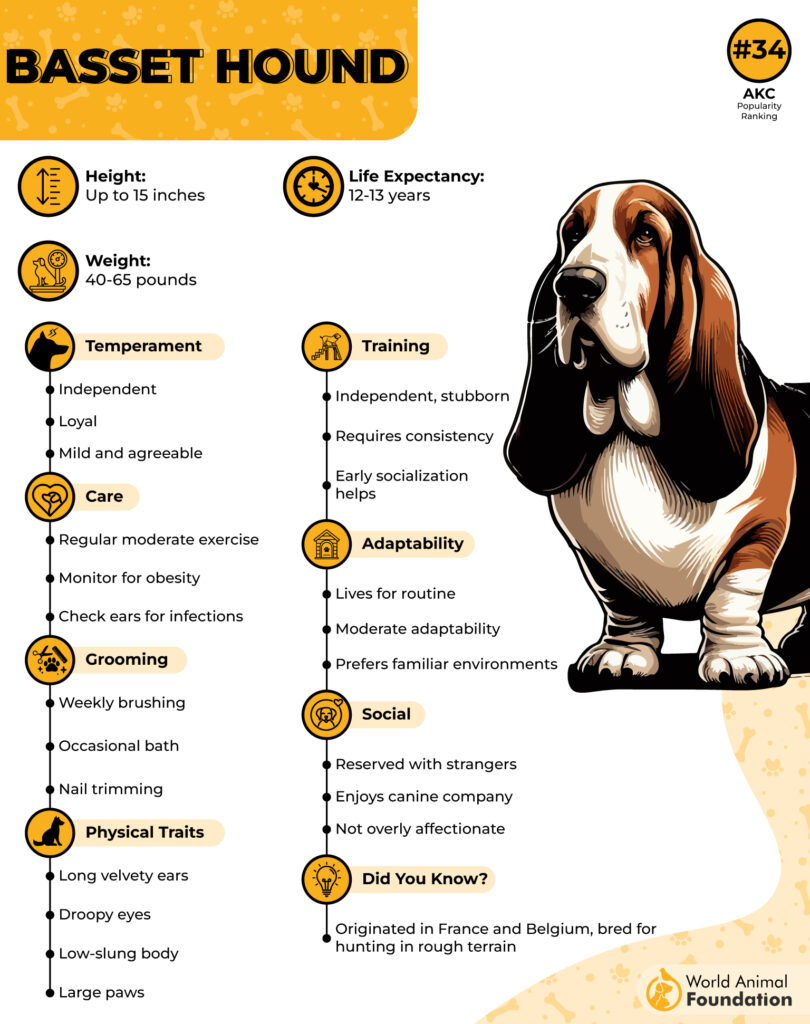
Bred as a hunting dog, the Basset Hounds are not a typical lap companions. They love outdoor games and long walks. With an exceptionally keen sense of smell, it follows scents with curiosity, according to the American Kennel Club. They are just determined to trace their source.
Owners should stay alert as these enthusiastic trackers can easily wander off on solo adventures. Training a Basset Hound is not always easy. They are known for having an independent mind. They tend to obey commands when they feel like it. Patience and consistency are essential when handling this breed.
2. Plott Hound
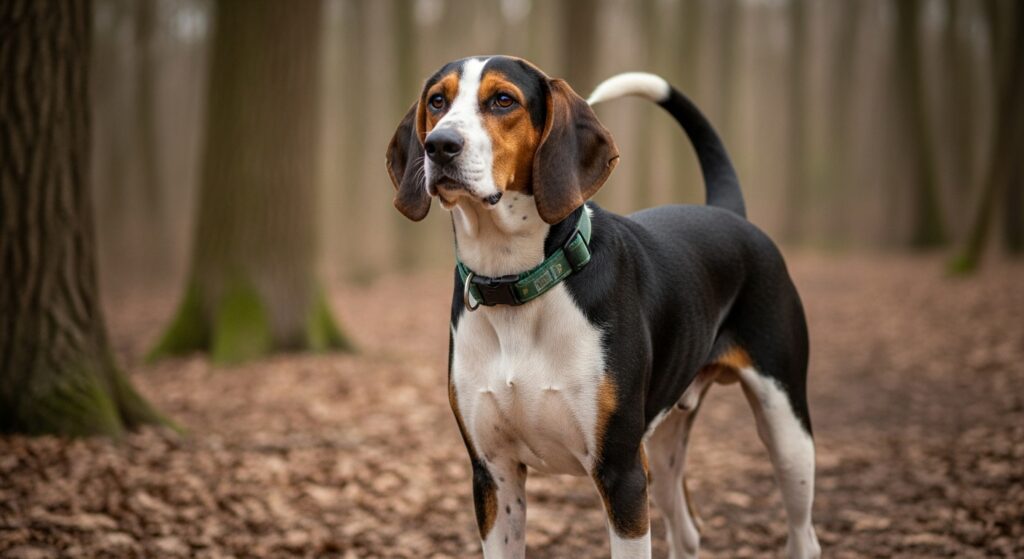
Plott Hounds are large, muscular dogs, originally bred for hunting boars, and their speedy, spirited personality never lets them sit idly.
Native to North Carolina, Plott Hounds have flashy coats, long tails, and elite footwork when chasing their targets. These dogs are among the most intelligent hunters and possess a strong prey drive due to their scent ability.
Despite their hunting instincts, they can be trained to behave well indoors. With early socialization and plenty of daily exercise, along with some hunting activities, they make wonderful family pets. Long walks and running sessions help them use their energy productively.
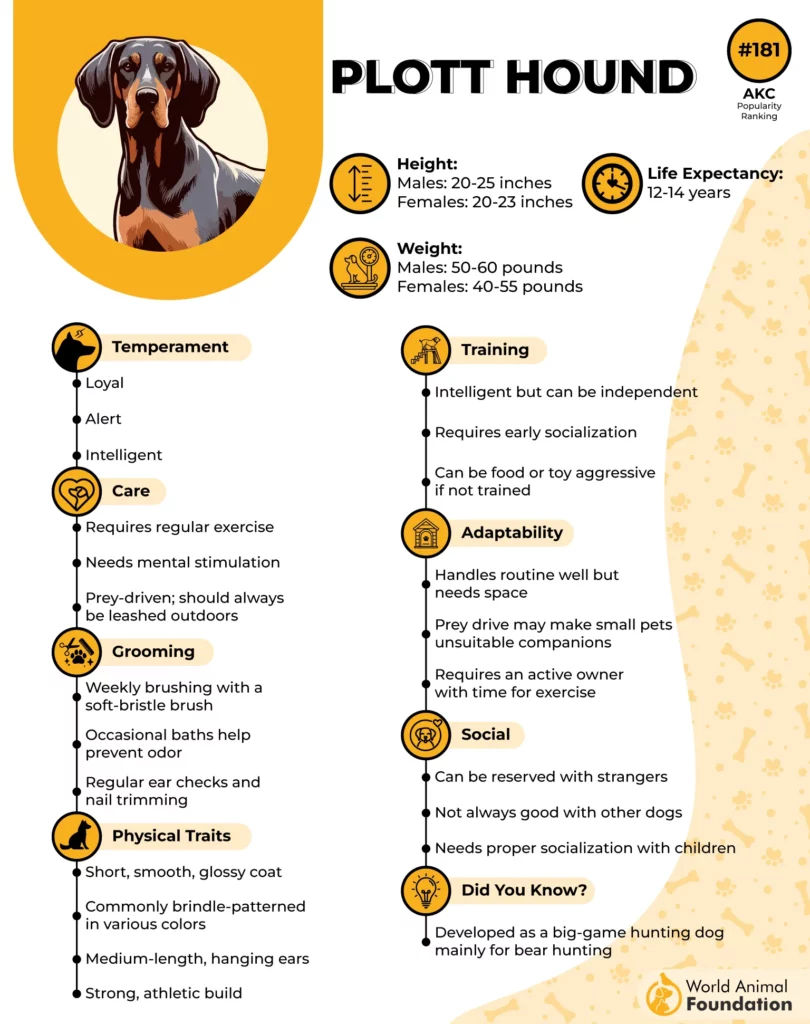
They have an extremely loud bark and are protective by nature. Of course, they are not fond of strangers, though the intensity of their vigilance can be reduced through training and socialization from puppyhood.
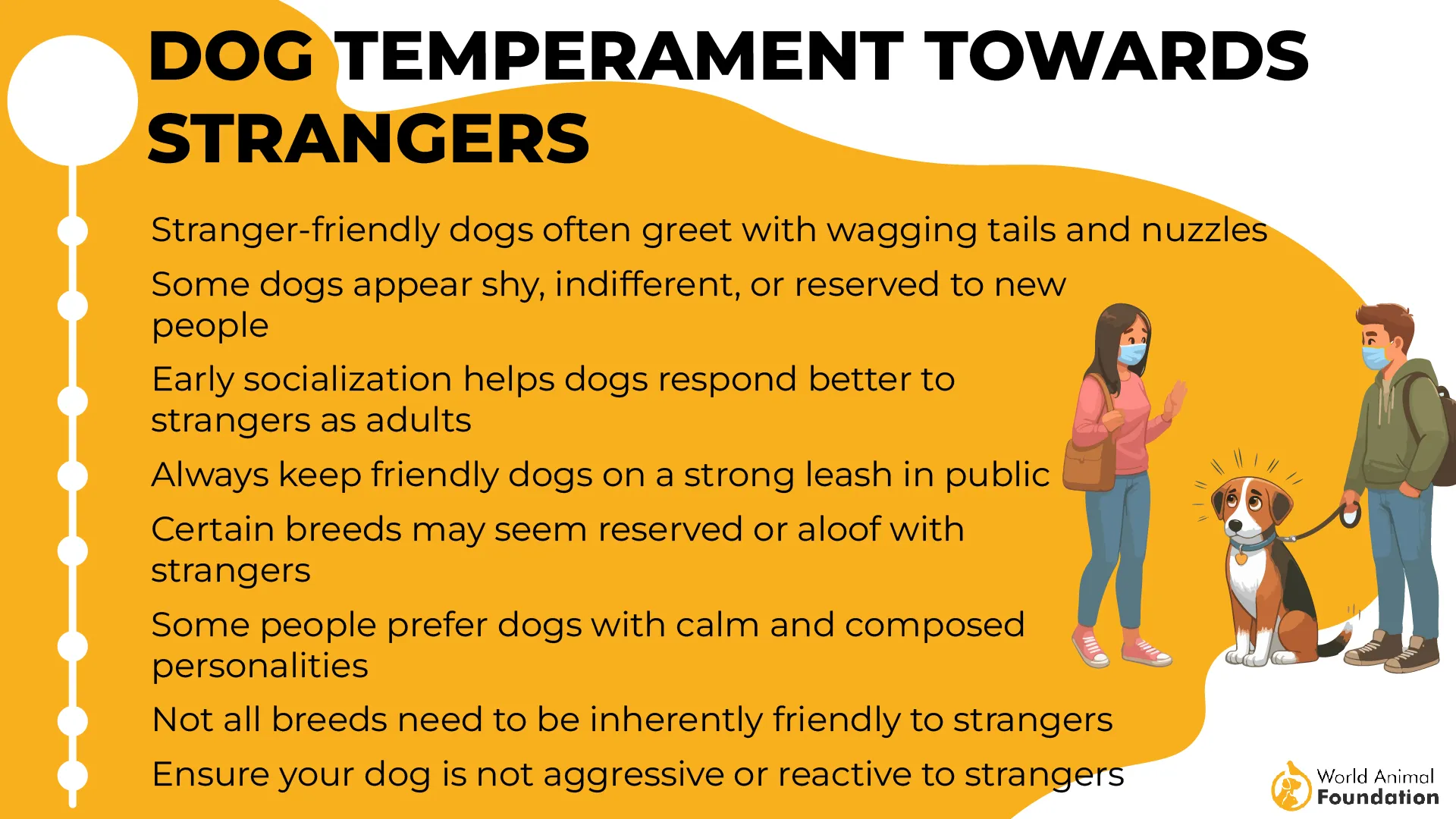
Plott Hounds are athletic and love to take part in a variety of tasks that satisfy their mental and physical stimulation needs. Leaving them alone can be risky, as they try to find a job on their own.
3. Black and Tan Coonhound
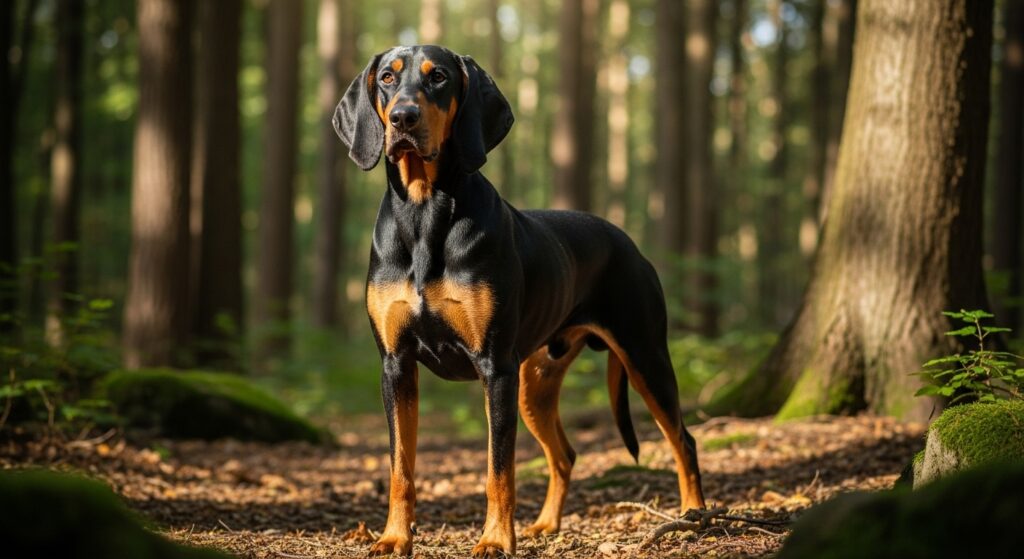
A dog with a keen sense of smell and a loud bark, Black and Tan Coonhounds are hunting dogs. Their primary role is to work in rough terrains in all weather conditions, whether in freezing winters or in the heat of summer.
They are popular for their strength, alertness, and stamina. Because of these traits, they are used for hunting large animals such as bears and deer.
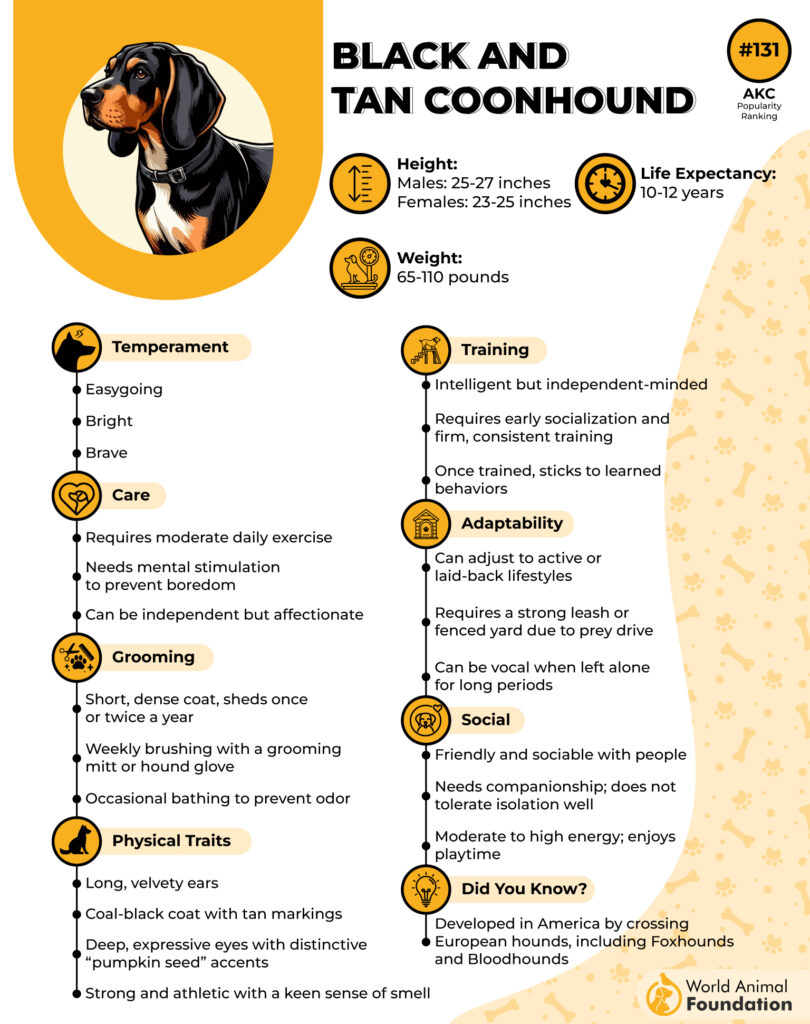
This dog does not require special coat care, though they need frequent walks because they can be stubborn at times. Breeders of Black and Tan Coonhound should pay attention to their energy needs and working traits.
Due to their large size, they take long strides, which allows them to move swiftly and efficiently. Despite their toughness, they are deeply devoted to their owners. This breed also carries a streak of independence. Allowing this dog too much freedom can lead to disobedience.
Also, their strong hunting drive is difficult to suppress. Training should be firm and patient to ensure that the dog understands clear boundaries, as suggested by PetMD.
4. Otterhound
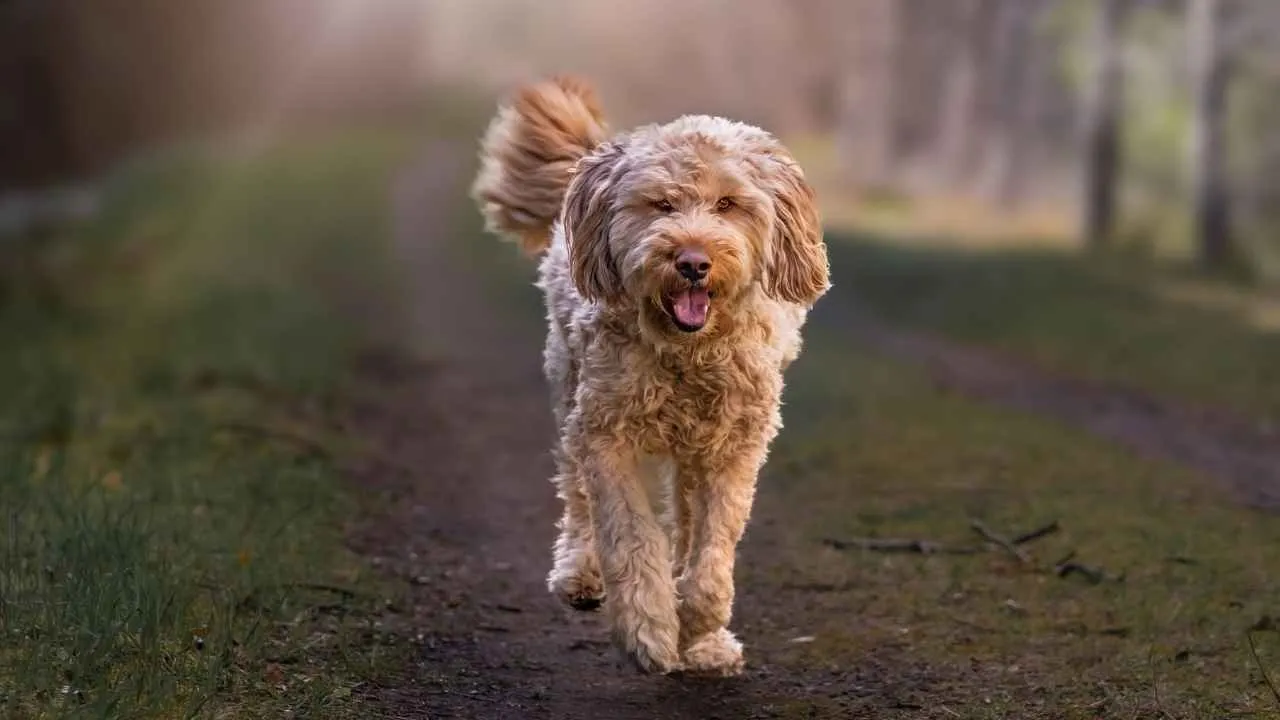
Otterhounds are smart, good-natured, and love to swim. Their breed history shows, Otterhounds were used as working dogs, but now they are kept as companions. True to their heritage, Otterhounds still possess strong hunting instincts.
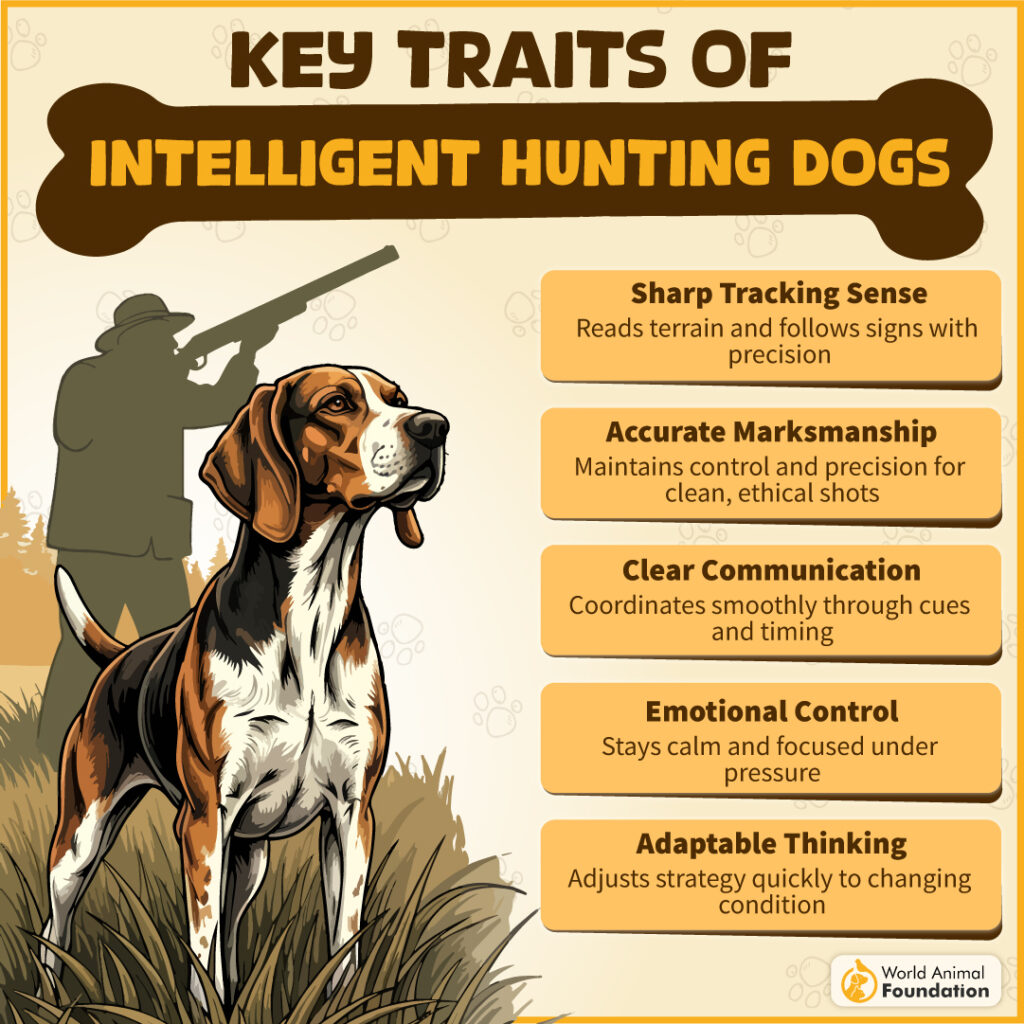
Their webbed paws, broad chest, and powerful frame give them great endurance and strength, while their sharp hearing and sense of smell make them great trackers, according to Purina.
Otterhounds are sensitive dogs and do not respond well to harsh treatment, yelling, or physical punishment during training. They learn best through positive reinforcement as they thrive on praise and affection.
Intelligent and quick-witted, they can sometimes act stubborn, so the owner must remain patient. They are outgoing and enjoy meeting new people. They are not suitable to be kept as guard dogs.
5. Scottish Deerhound
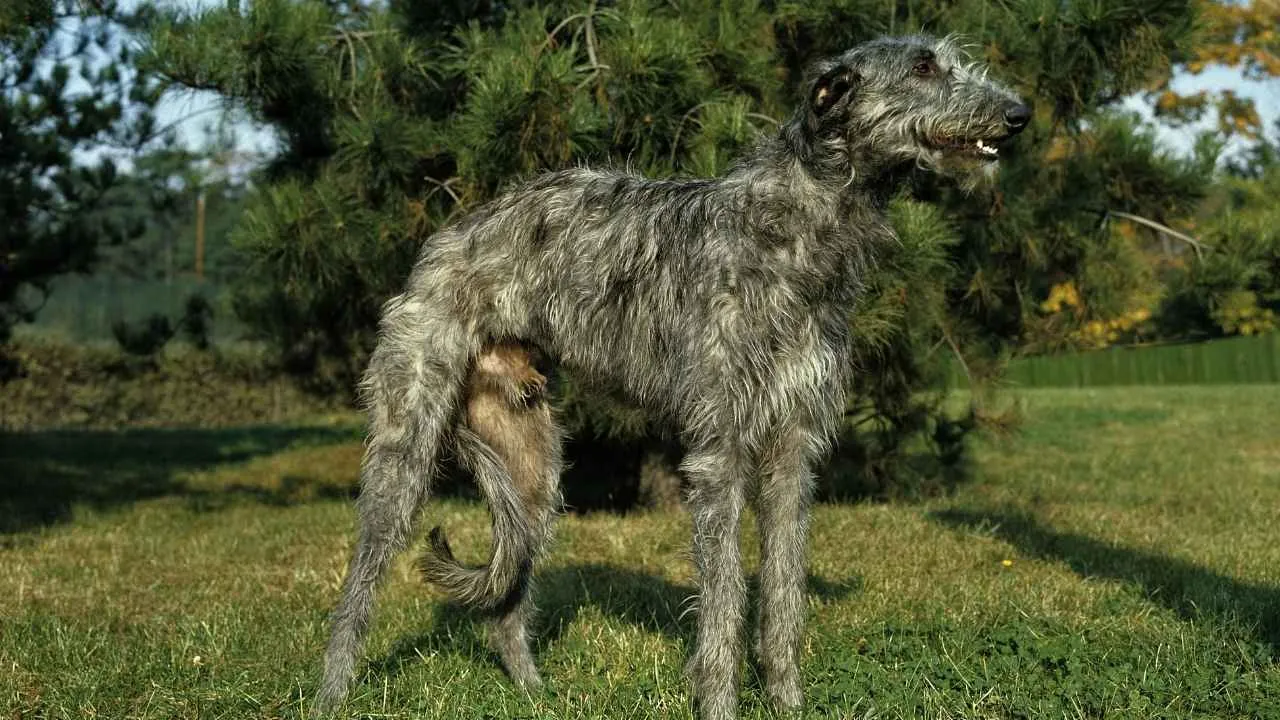
The Scottish Deerhound is one of the largest hound dog breeds. They are scent hounds and prefer to remain silent at home. When Scottish Deerhounds are outside, they are formidable and unstoppable in the field.
Tough, intelligent, and perceptive, these dogs react quickly and are much like muscular hound dog breeds that can track humans and animals over long distances.
The Deerhound is calm, well-balanced, and rarely barks. Training a Deerhound is relatively easy, as it quickly picks up new commands. A playful and consistent approach works best with short and frequent lessons. Like other hounds, they respond well to treats.
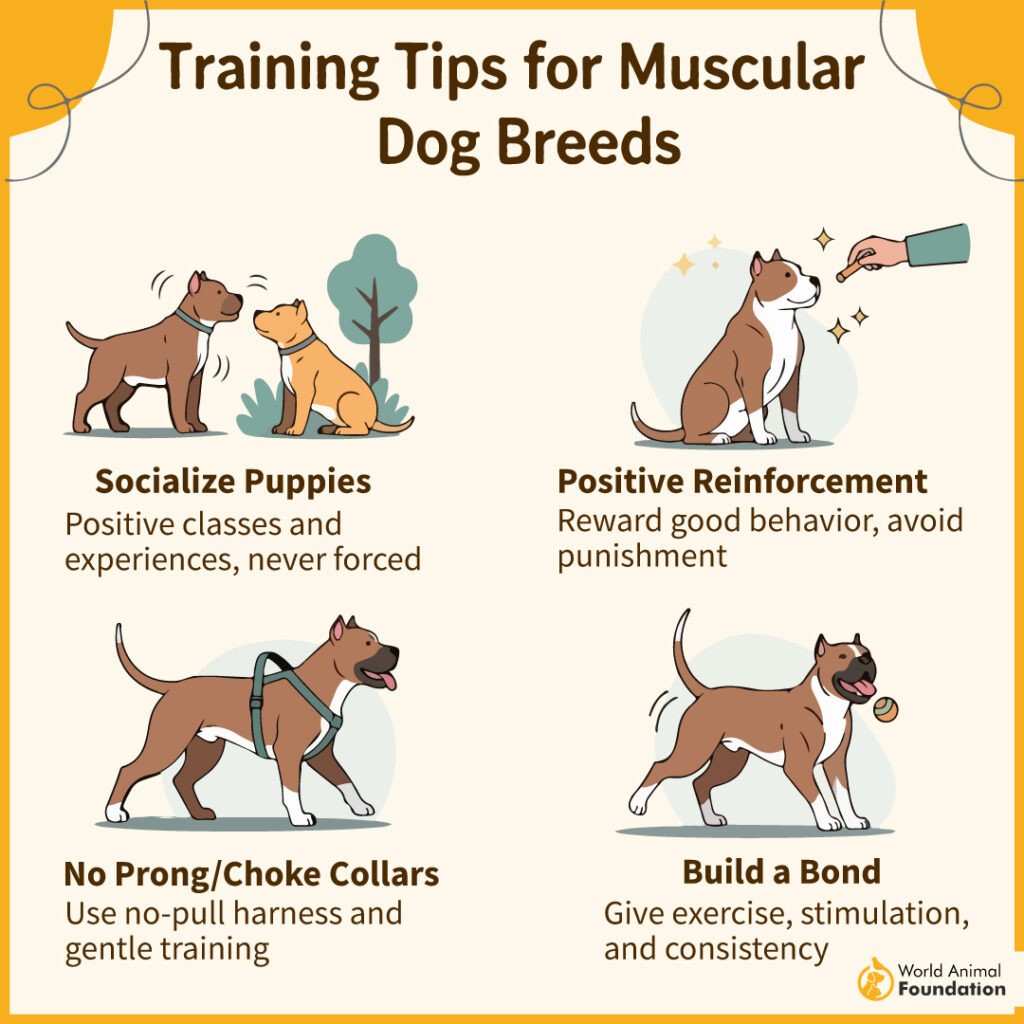
This dog is protective but not suitable as a guard dog. It thrives in large spaces or backyards, as they like to roam freely. Regular walks in parks and forests are essential to allow them to stretch and run properly. This dog breed needs vigorous outdoor activities to stay healthy.
6. Treeing Walker Coonhound
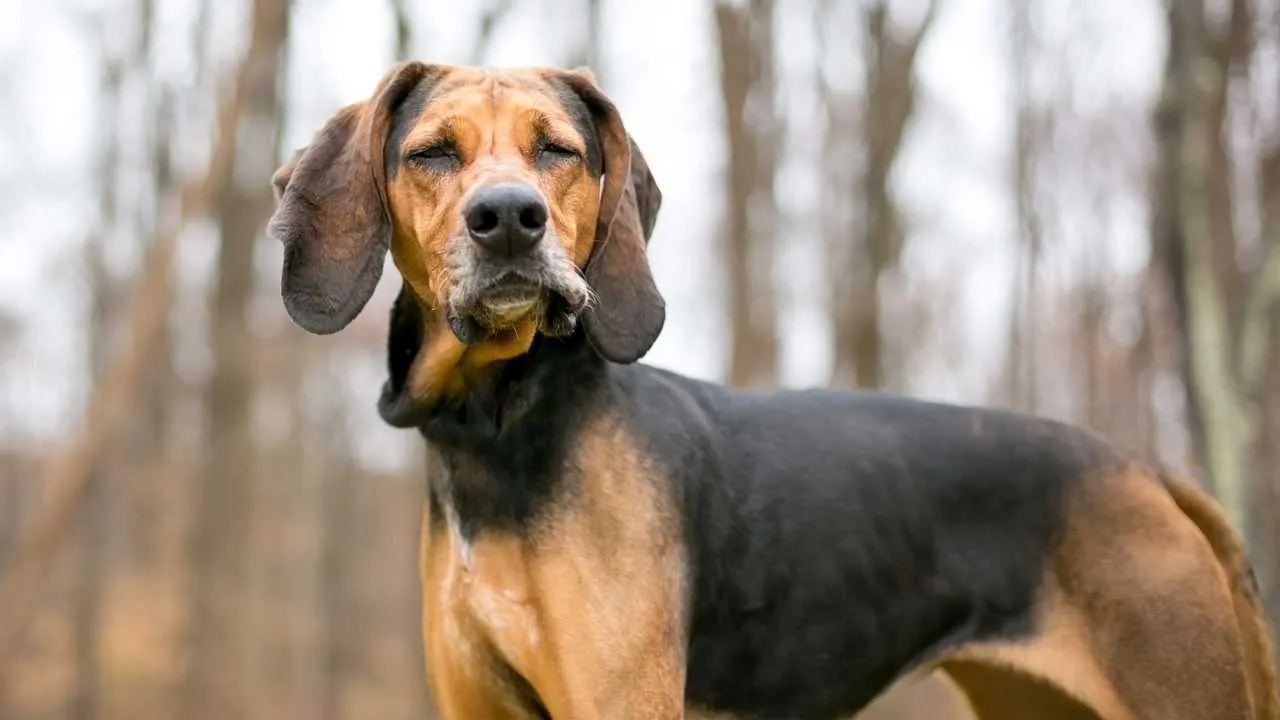
Treeing Walker Coonhounds are skilled trackers and are mainly used for hunting raccoons and other medium-sized animals. They are valued not only for their working ability but also for their personality. These scent hounds are attentive, diligent, and stand out among other dogs due to their sociable nature.
Raising the breed requires care and patience. They can be strong-willed, so finding the right approach is important. If the owner lacks experience, it’s better to seek help from a professional dog trainer.
Want to have a hound dog breed but are unsure about the cost? Check out the cost of owning a dog through the calculator below for better guidance.
The Treeing Walker Coonhound is outgoing and approachable; they are even friendly with strangers. In times of danger, this dog wouldn’t hesitate to defend its family and territory.
This dog breed usually gets along well and shows no aggression when properly socialized. Proper supervision and keeping them on a leash outdoors can prevent them from chasing prey or following a trail abruptly.
7. American Foxhound
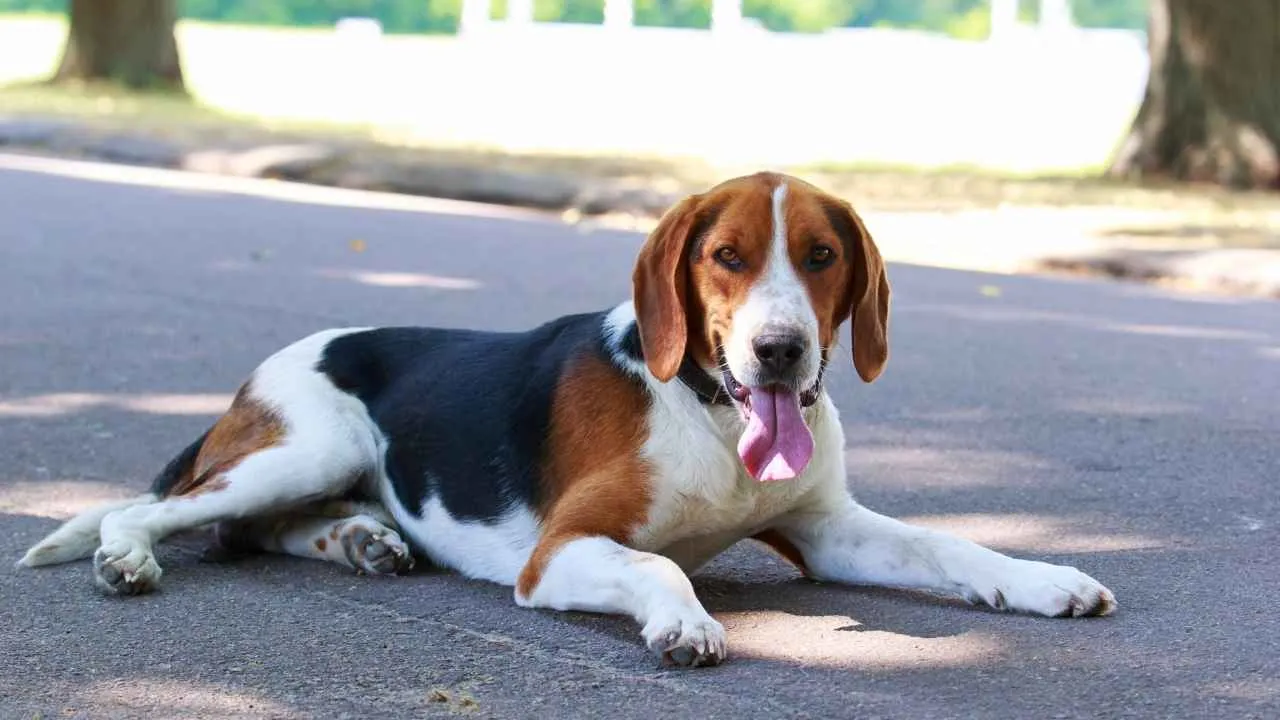
American Foxhounds are freedom-loving and purposeful dogs. They are among the oldest hunting breeds in the United States and descend from the English Foxhound.
Although they seem calm and reserved, American Foxhounds are energetic and independent, which is why early and consistent training is essential. These dogs are sensitive and will respond best to patient, respectful handling.
The breed is non-aggressive and remains composed around strangers, though they can be reactive during the first interaction. One of their unique traits is their sharp voice, which is highly valued by hunters.
The American Foxhound can run for hours without tiring, which means long and active walks are a must. Regular outdoor activity strengthens their muscles and satisfies their instincts to track prey over long distances.
8. Bloodhound
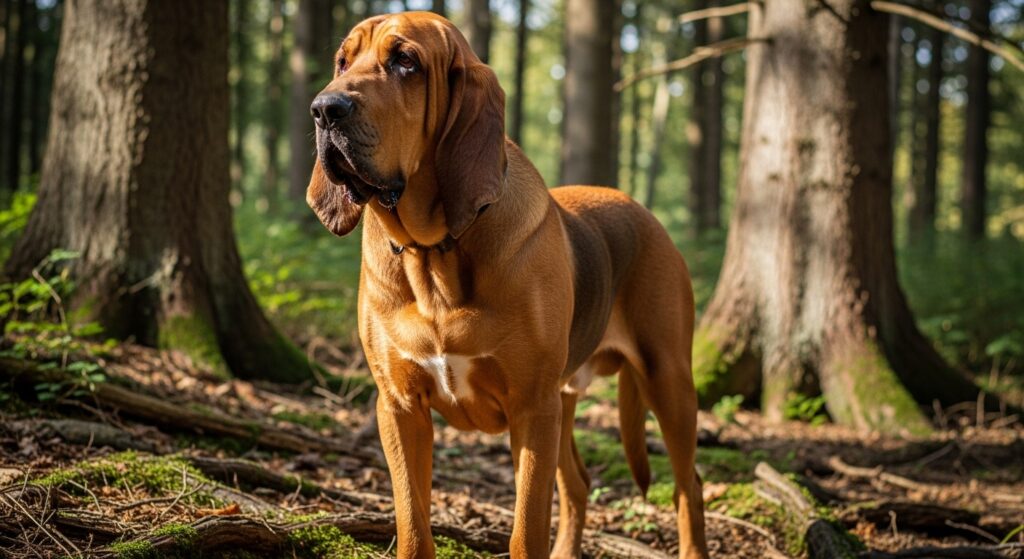
The Bloodhound is one of the most famous scent hounds in the world—powerful, muscular, and built for endurance. Recognized for its long, drooping ears, loose skin, and deep-set eyes, this breed combines strength with sensitivity.
Behind that solemn expression lies a gentle and affectionate nature that has made Bloodhounds loyal family companions as well as legendary trackers.
According to the American Kennel Club, a Bloodhound’s nose can detect and follow a scent trail that’s days old and over miles of rough terrain—something no other breed can match.
Despite its large, muscular frame, the Bloodhound is affectionate, patient, and kind, especially with children. However, this breed’s independence and strong tracking instincts can make training a challenge. Owners should remain calm, consistent, and use positive reinforcement. Harsh methods do not work with this sensitive yet determined dog.
Bloodhounds thrive on activity and exploration. They need long walks, open spaces, and plenty of opportunities to follow scents safely. Their floppy ears and facial folds require regular cleaning to prevent infections, and their deep bark can carry for miles—reminding everyone just how powerful this hound truly is.
Conclusion
Muscular hound breeds are more than just powerful hunting dogs. The breed history of these dogs shows how they were used for centuries for their endurance and intelligence. Despite their rugged appearance, they are affectionate on the inside.
These dog breeds are loyal and bond deeply with families. They require patience, exercise, and plenty of space to use their energy positively. Pet insurance is important due to their susceptibility to several health issues.
Owning this breed is not about having a fierce pet; it’s about sharing life with a dependable companion who knows when to stay calm and when to stand firm. They roar but walk beside you in silence to protect you.


